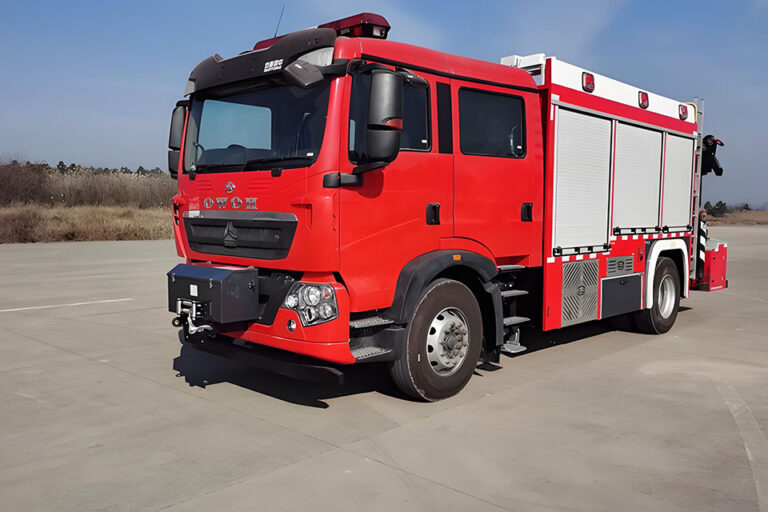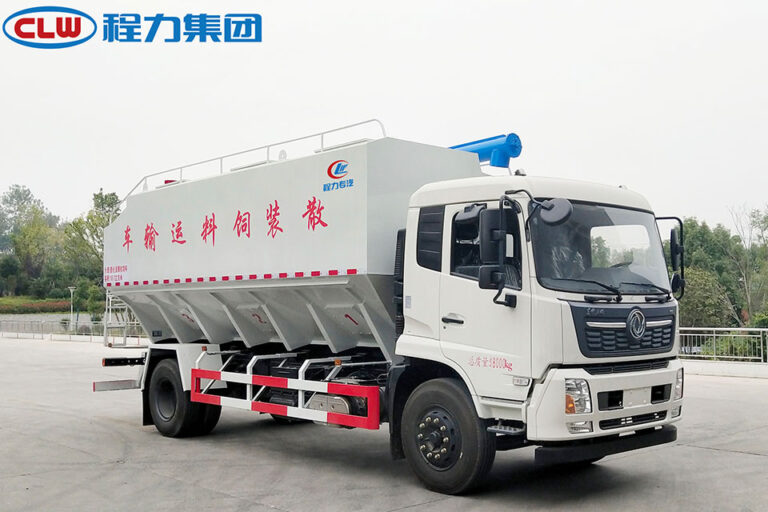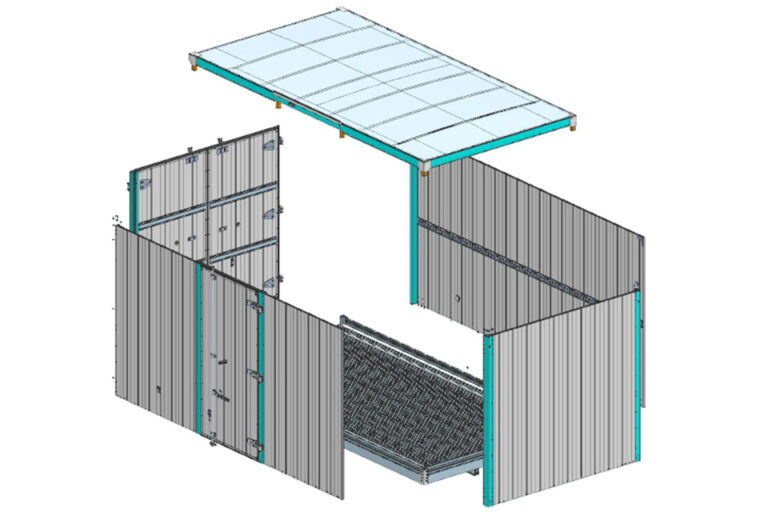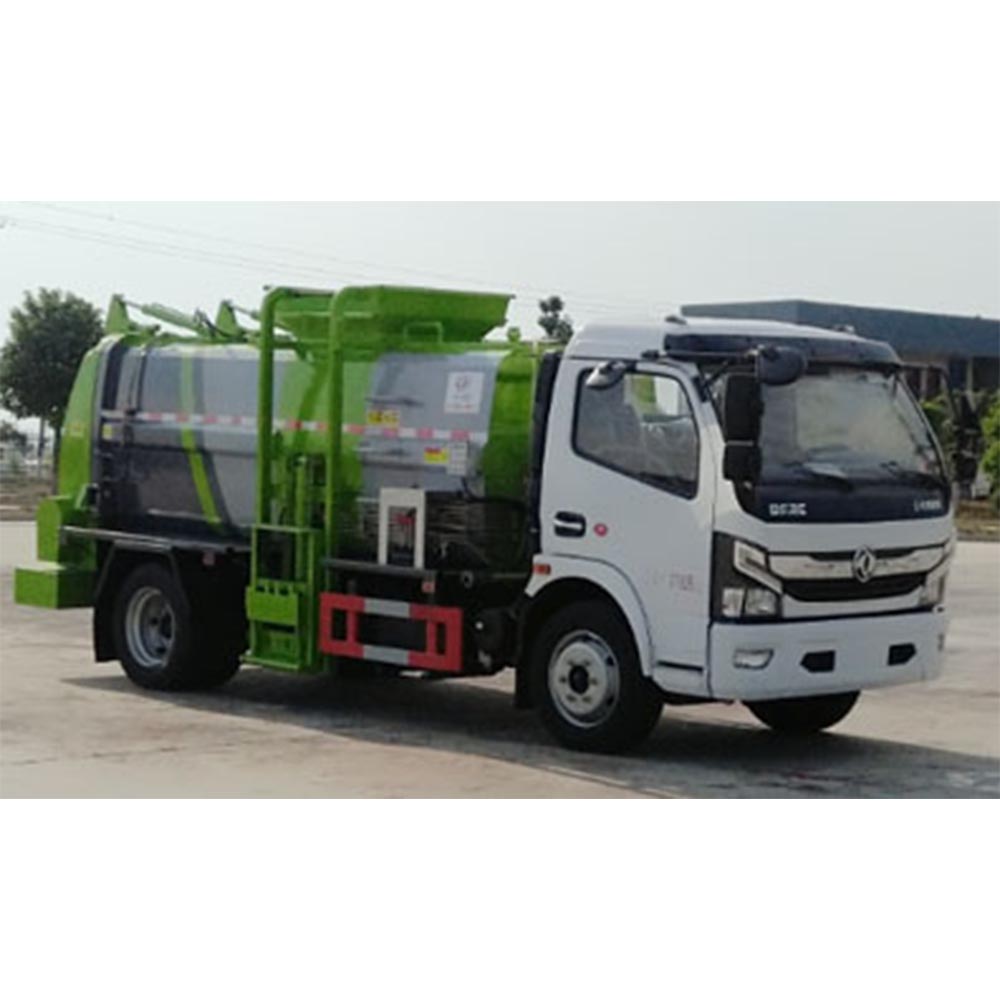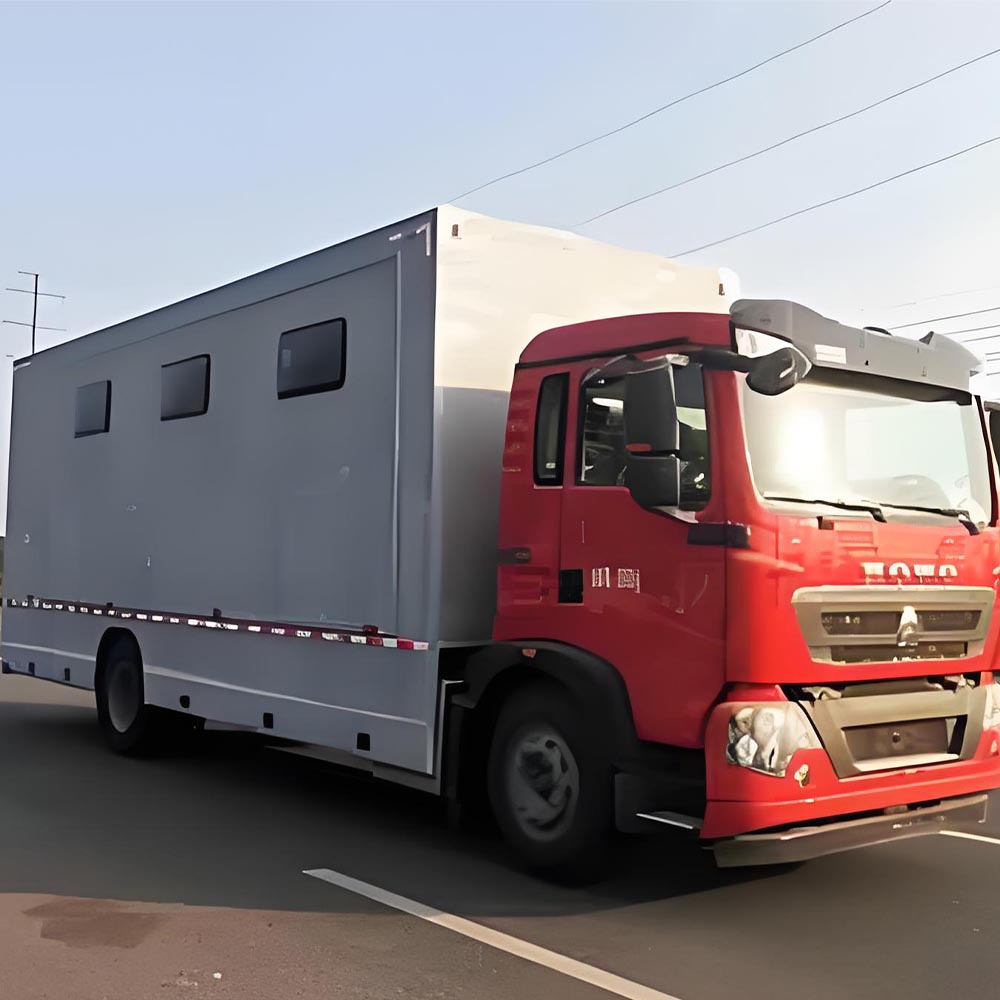-
Chengli Automobile Industry Park
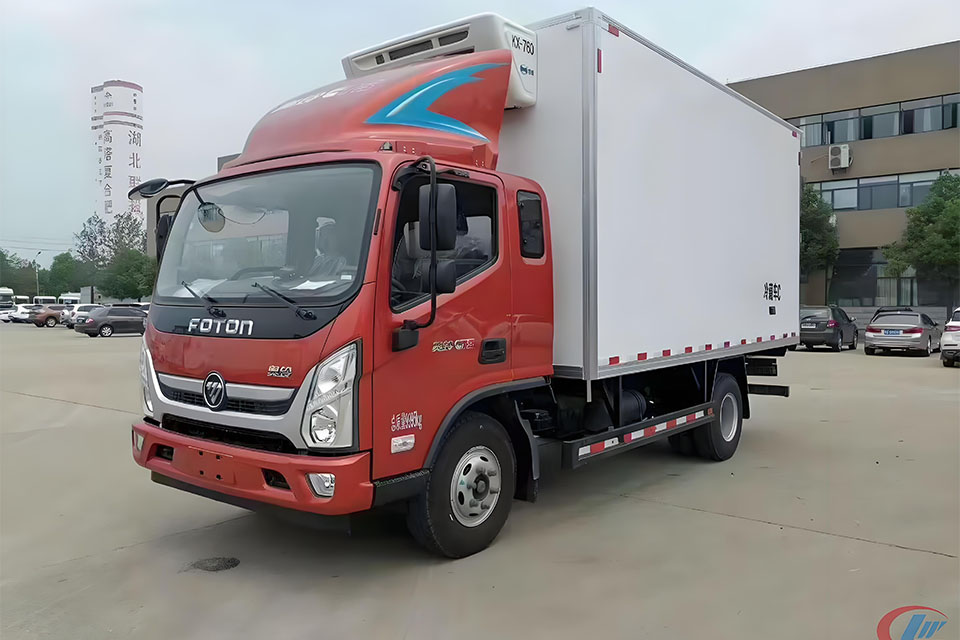
What is the cold chain indicator for vaccines?
Understanding Vaccine Cold Chain Indicators: Keeping Vaccines Safe
Have you ever wondered how vaccines stay good from the lab all the way to your arm? The answer is the cold chain. This is a system that keeps vaccines at the right temperature to work well. Let’s learn about the tools that help us know if vaccines are still good to use. These tools are called cold chain indicators.
Table of Contents
What Is a Cold Chain Indicator?
A cold chain indicator is a tool that shows if vaccines have stayed at the right temperature. These tools are key to make sure vaccines work well when given to people.
Think of cold chain indicators as the watchdogs of vaccine safety. They tell us if a vaccine got too warm or too cold at any point in its trip.
Why Do We Need Cold Chain Indicators?
Most vaccines need to stay between 2°C and 8°C (that’s about as cold as your fridge) to work right. If they get too warm or too cold, they might not work to keep you safe from disease.
Here’s why cold chain indicators are so important:
- They show if vaccines are still good to use
- They help stop bad vaccines from being used
- They save money by not wasting good vaccines
- They help keep people safe from disease
Types of Cold Chain Indicators
There are many kinds of tools that help keep an eye on vaccines. Here are the main ones:
Temperature Monitoring Devices (TMDs)
These are special tools that keep track of how cold or warm vaccines get. Good TMDs have:
- A low battery warning
- The ability to take readings at least every 30 minutes
- A way to save data for later checking
Chemical Indicators
These are cards or stickers that change color if vaccines get too warm. They’re simple but very helpful, especially in places that don’t have a lot of fancy tools.
Data Loggers
These are more high-tech tools that keep a record of temperatures over time. They can show if there were any problems during shipping or storage.
How Cold Chain Quality Is Measured
Experts look at cold chain in two main ways:
- Cold Chain Quality Consistency (CCQC): This checks if the basic rules for good cold chains are being followed.
- Cold Chain Quality Indicator (CCQI): This gives a score to how well the cold chain works day to day.
Important Cold Chain Data Table
| What We Check | Good Range | Why It Matters |
|---|---|---|
| Refrigerator Temperature | 2°C to 8°C | Most vaccines need this range to work well |
| Freezer Temperature | -50°C to -15°C | Some special vaccines need to stay very cold |
| Reading Frequency | At least every 30 minutes | Helps catch problems quickly |
| Staff Training | Yearly updates | Keeps everyone using best methods |
| Battery Check | Low battery warning | Makes sure monitors keep working |
Vaccine Cold Chain Indicators
Keeping vaccines at the right temperature is crucial for their effectiveness. Cold chain indicators are essential tools that monitor temperature, ensuring vaccines remain potent from manufacturing to administration.
Temperature Monitoring
Ideal temperature range for most vaccines:
2°C – 8°C
Key Indicator Data
CCQC and CCQI Explained
CCQC
Checks if basic requirements for high-quality cold chains are met. Ensures consistency in cold chain operations.
CCQI
Quantitatively evaluates operational quality, providing industry benchmarks for daily processes.
Best Practices
Regular Monitoring
Use Temperature Monitoring Devices (TMDs) with low battery indicators. Record temperatures at least every 30 minutes.
Proper Storage
Store vaccines in designated units, and follow Standard Operating Procedures (SOPs). Review and update procedures annually.
Emergency Preparedness
Ensure proper handling of vaccines during a disaster or power outage. Track inclement weather conditions
Documentation
Maintain all documentation, such as inventory and temperature logs. Rotate stock weekly, using vaccines with earliest expiration dates first.
Who Takes Care of the Cold Chain?
Every place that gives vaccines should have a Cold Chain Coordinator. This person makes sure:
- Vaccines are stored the right way
- Temperatures are checked and written down every day
- Staff know what to do if there’s a problem
- Records are kept up to date
- Vaccines with the earliest expiration dates are used first
Special Cold Chain Trucks
Did you know there are special vehicles made just for moving vaccines? These Cold Chain Logistics Trucks have:
- Special cooling systems
- Backup power
- Temperature monitors
- Alarms if things get too warm
For hospitals that need to move many vaccines at once, Medical Support Vehicles can be fitted with cold chain equipment.
Problems and Solutions
Sometimes things go wrong in the cold chain. Here are some common problems and how to fix them:
Problem: Power Outage
Fix: Have a backup plan! This might mean moving vaccines to another cold place or using Mobile Emergency Power Trucks that can keep refrigerators running.
Problem: Transportation Issues
Fix: Use special containers that keep vaccines cold for a long time. Some places even use Mobile Medical Vehicles with built-in refrigerators.
Problem: Staff Don’t Know What To Do
Fix: Train staff every year on the right way to handle vaccines. Make sure they know how to read the cold chain indicators.
Cold Chain Around the World
Different countries face different cold chain challenges:
- North Korea study shows they can store regular vaccines but might struggle with big pandemic vaccination campaigns
- USA has detailed rules from CDC on how to monitor vaccine temperatures
- European countries often use digital tracking systems that send alerts if temperatures change
Future of Cold Chain Indicators
Cold chain technology is getting better all the time. New ideas include:
- Smart labels that send data to your phone
- Self-cooling containers that don’t need ice
- AI systems that predict when problems might happen
What You Can Do
If you work with vaccines:
- Check temperatures twice a day
- Know how to read cold chain indicators
- Have a plan for power outages
- Keep good records
- Use oldest vaccines first
Summary
Cold chain indicators are the unsung heroes of vaccine safety. They help make sure that when you get a vaccine, it works the way it should. From simple color cards to high-tech data systems, these tools keep vaccines safe and effective all the way from the lab to your arm.


